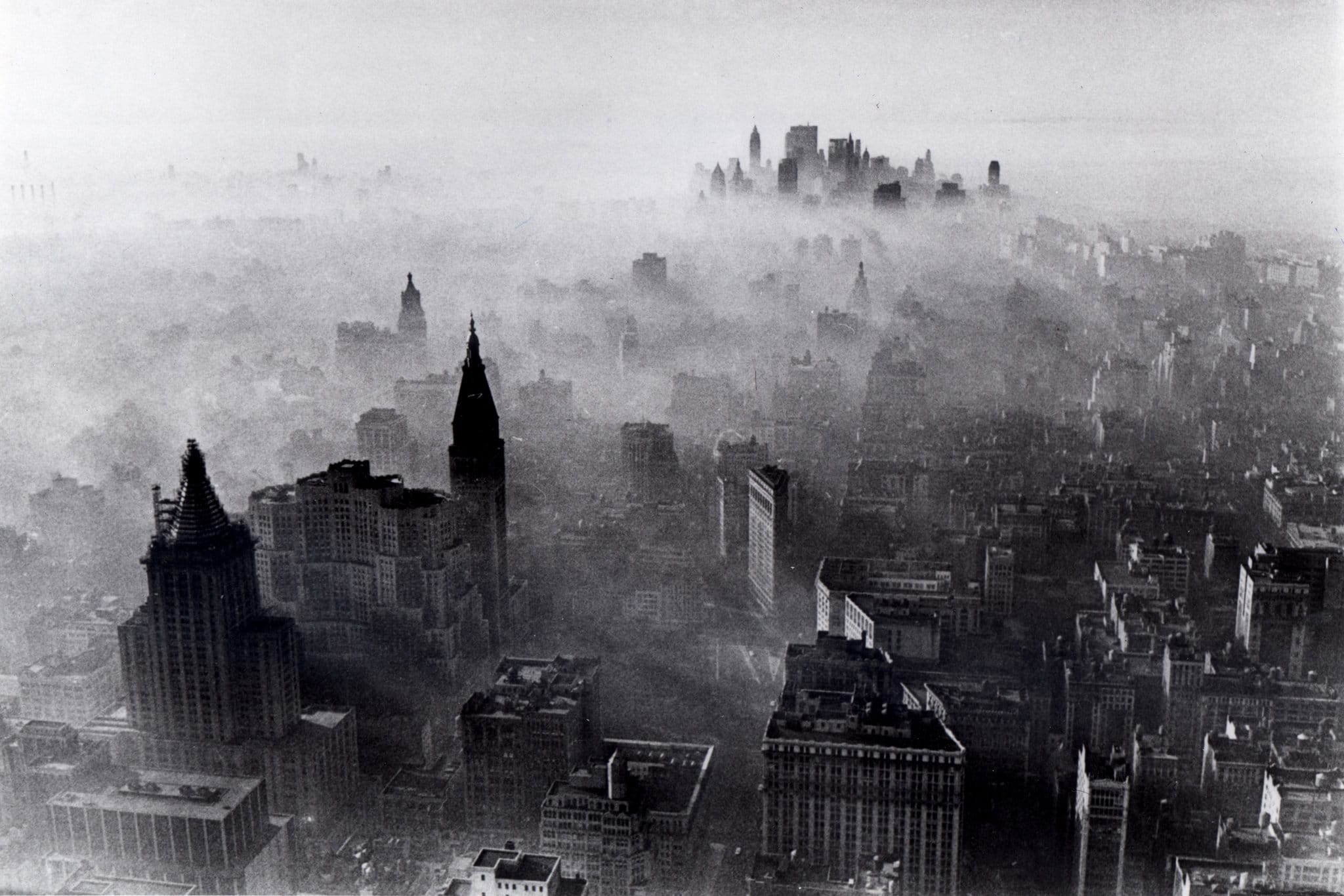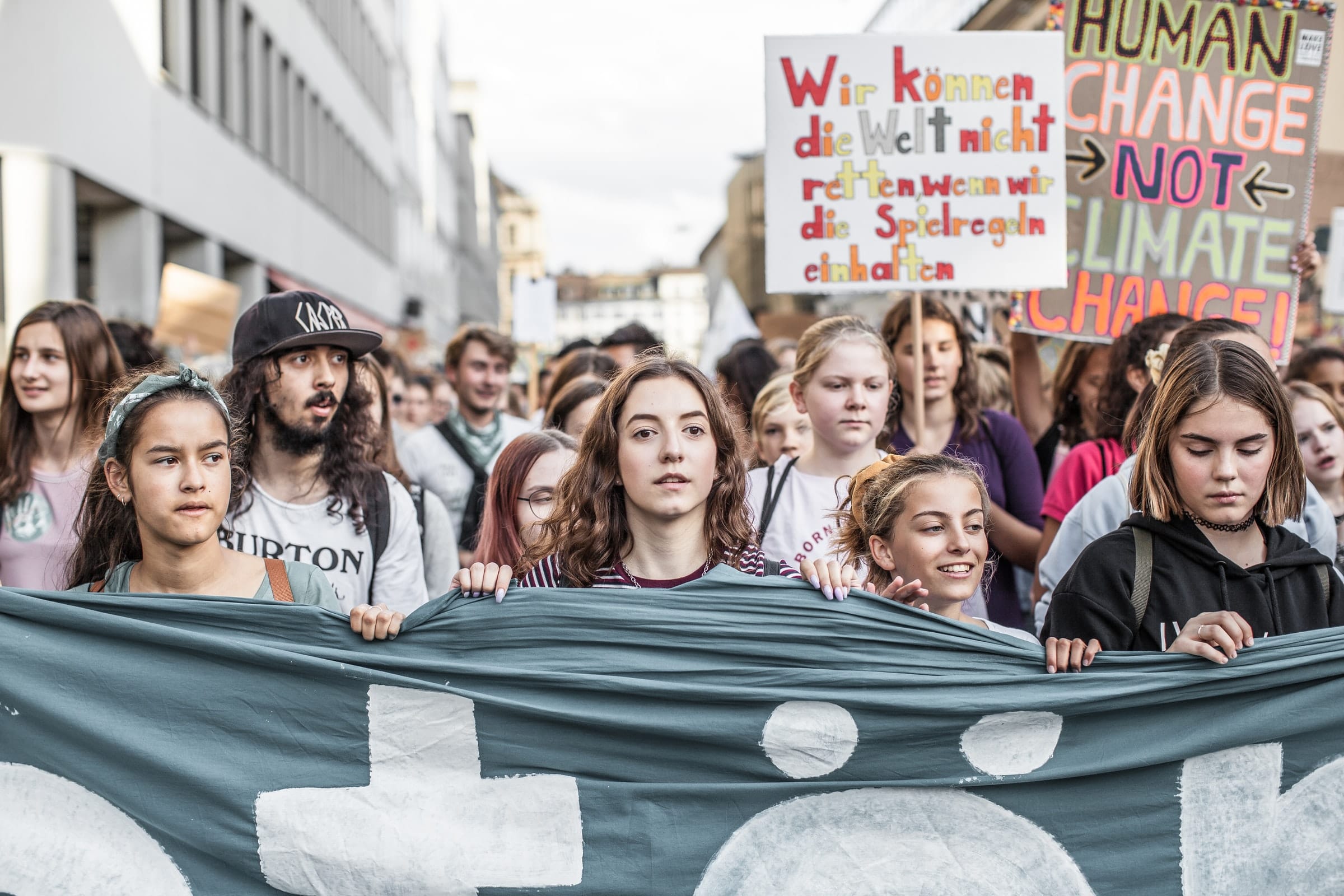Making An Impact This Earth Day

The History of Earth Day
Over Thanksgiving weekend 1966, a thick layer of smog composed predominantly of sulfur dioxide and carbon monoxide blanketed New York City. Mostly caused by coal power plants and thousands of pounds of incinerated garbage, the smog event caused numerous adverse health effects – burning eyes, coughing, respiratory distress – and potentially caused over 160 deaths. The cover of The New York Times for November 25th, a photograph captured by Neil Boenzi, showed the magnitude of the pollution, with New York City covered with a surrealist layer of white smoke, completely obfuscating the street level.

The New York City Smog incident – along with other high profile 60s environmental disasters like the Cuyahoga River fire and Santa Barbara oil spill – showed the public the importance of taking the environment seriously, bringing greater attention to the negative impact humans are having on the planet. In 1970, the first Earth Day was nationally recognized, with millions of Americans taking to the streets to make their concerns heard. The same year, President Richard Nixon created the Environmental Protection Agency (EPA) as a means to address the impact humans were having on the climate.
The Climate of Today
Over the past decade, numerous publications and websites have circulated images of Shanghai. While these display landmarks like the Oriental Pearl Radio & TV Tower and Shanghai Tower, the images draw more attention to what surrounds them: thick clouds of dangerous smog. Often directly compared to the filth of mid-century Manhattan, Shanghai’s smog problem is one of numerous issues which continue to plague the environment.
In the 51 years since the first Earth Day, much has been learned and said about climate change and how it is directly impacting millions of people around the globe. Yet, not enough is being done to seriously combat climate change on a global scale. 2020 was tied with 2016 as the hottest year on record, sea levels continue to rise by one-eighth inch per year, with stronger hurricanes and more intense droughts, just to name some of the most visible effects. Though many are demanding climate change be addressed promptly, it can be difficult to see what an individual can really do.
From its inception, the act of celebrating Earth Day is demanding change while making your community cleaner and more sustainable. To make taking action simpler and more centralized, we at Impactree have compiled a journey for all who wish to take part in finding climate solutions. By starting small and working outward, we have ways for everyone to make the most out of the second Earth Day observed during the Coronavirus pandemic.
Make A Personal Change

Even though climate change does not hinge on you personally going green, it will take the combined efforts of every person, company and government to fully address the multitude of practices and issues which perpetuate the changing of our climate. First, let’s focus on the personal steps you can take.
In the post-industrialized world, it is nearly impossible to live a completely carbon neutral life. However, this does not mean that impactful and simple actions cannot be taken to reduce your personal waste. In fact, collective action can create massive differences in the amount of resources local communities consume.
Most importantly, you must ask yourself how much do you know about climate change? Are you an environmental expert or someone still a little unsure of the causes and effects of climate change? There is nothing wrong with being confused, especially with the mountains of environmental misinformation floating around online. Learning the basics of climate change is a crucial first step in anybody’s environmentalism journey. Not only is it important to understand the science behind climate change, but also the political and economic ramifications, especially how climate change drastically affects lower income communities and people of color.
Once you understand the basics of how and why our planet is changing, you can start changing your day-to-day life. Did you know that leaving devices plugged in when not in use could be not only wasting energy but your money? Did you also know that the same could be said of using incandescent light bulbs over LEDs or having an improperly insulated home? By finding and altering small wasteful habits, you can minimize your environmental impact while saving yourself money in the long run. If performed on a mass scale, Americans could drastically reduce their carbon footprint while supporting new, green tech.
Outside of the home, individuals have great power with how they use their voices to promote sustainability. Who we shop with can be a powerful way of promoting green business practices, and on a macro level puts pressure on wasteful brands to greenify and not simply greenwash. Companies and brands have extreme influence and power over society, so it is crucial for consumers to find brands which they identify with and will promote the health and longevity of our planet.
Unfortunately, personal changes alone cannot stop climate change. While an essential component of a green future, many of the world’s largest polluters have used the notion of a personal carbon footprint as a means of passing the buck to individuals, a PR stunt to purposely move attention away from their drastically more damaging practices. We can vote with our wallets, yet to truly reform our system and address climate change head on, we must do much, much more.
Reform the System
While individuals hold some power to enact change together, many working in unison can change the world for the better. This is the thought process behind numerous climate-based organizations and nonprofits which aim to reform unsustainable systems from the inside out. As an individual, you can add your voice to the collective, giving organizations more power to motivate change in our world.
Because many climate-based organizations are nonprofits, they are always in need of financial support. Oftentimes, these organizations rely on the generous donations of everyday people, so look for a group which speaks to you on a personal level. Find organizations serving your local community, and help them make your neighborhood, state and country cleaner and more sustainable. And if you are not able to donate, many organizations are looking for volunteers to help spread the word, work telephones, go door-to-door, and motivate communities to think and act on climate change.
We can never fully commit to sustainability unless the government from the top down believes in the importance of addressing climate change promptly. Luckily, with enough time and effort, we can weed out climate denialists from our governing bodies, and help curb the mountains of fossil-fuel-funded dark money keeping politicians from earnestly addressing climate change. The best way of doing so is by changing the system from the inside out.
While there is strong dissatisfaction with the current political system, it is also clear that Americans are not fully engaged in the system, and are not making their concerns heard to those representing them. This is especially true of those who strongly care about climate change.
Over 15 million self-proclaimed environmentalists do not vote in the general election, sending a message to politicians to ignore climate change in favor of other issues. Voting – especially for representatives that put the environment first – is a crucial means of reforming the system from the inside, getting lawmakers to enact reforms and restrictions which combat climate change head on.
Deeply ingrained systems can seem daunting to break, especially from the individual point of view. However, the individual can hold immense power when motivated and working in tandem with other like-minded individuals. With enough time, work and energy, we can reform our system to one which cares as much about climate change as you do.
Making the Most of Earth Day
Every Earth Day is a time to reflect on climate successes and shortcomings. Despite great successes in the regulations of pollutants and harmful practices, we have not been able to curb the tides of climate change, especially in the second half of the 2010s. While it is easy to feel overwhelmed by the forces of climate change, it is not too late to become a sustainable, carbon neutral world.
This Earth Day, we must all as individuals combine our influence to enact real change over the world, minimizing our personal footprints and demanding companies and governments enforce stricter climate restrictions. To protect the future of our planets and all the plants and animals which call it home, we must take drastic action now.
For more ways to make an impact on the climate from your home to the government, check out Impactree’s Earth Month Action Hub.



